Just like Factory Records, rain and sneering at outsiders, Oi Polloi is a Mancunian institution.
Being from a town just down the road from Manchester means we’ve watched their progress at close quarters, first becoming regular visitors in their shop in the year they opened. It was an Aladdin’s cave of vintage sportswear, but soon morphed into something even better.
A few years later, the owners Steve and Nige agreed to sit down and answer our questions for the very first real life interview to appear in Proper. We sat in the basement of their Tib Street shop, like some kind of cool menswear fetish dungeon, surrounded by orthopaedic shoes on astroturf, mountaineering Action Men, a massive bulldog named Elsie (RIP) and a barbers chair which was in the process of being phased out as the internet community lapped up the curious mix of stuff Oi Polloi had assembled.
For an independent retailer from a provincial city, Oi Polloi have consistently punched above their weight, playing a large role in setting the tone for the rest of the UK. Their dress down aesthetic and belief in brands with genuine provenance is at the core of what makes them what they are.
I wrote newsletters, Deck Outs and loads of other stuff for Oi Polloi for a couple of years and when based in the office I had to make a real effort to not get my attention diverted from work by Steve’s frequent menswear monologues. And yet there was so much gold within those words it was hard to view them as a distraction.
These days I write bits and pieces for them as and when needed, which means sitting down and talking to/listening to Steve chat on about stuff isn’t quite so frowned upon.
With that in mind, Neil and I spent three hours in amongst the photography flashes, clothing rails, a French bulldog named Claude and all manner of other good stuff to talk about Oi Polloi and generally put the world to rights. Here’s how it played out.
Mark Smith: So, Oi Polloi has been open for 12 years now?
Steve Sanderson: Yeah, 2002 we opened.
Neil Summers: What did you think when you first started off? Did you expect to be sitting here where you are now?
SS: No. Not at all. We just set up a shop. Just because we wanted to sell stuff that we wanted to sell, not really thinking that far ahead. It wasn’t a plan.
MS: When we’ve spoken before, you’ve said it was when the website was launched that things went up a gear?
SS: We were buying stuff on eBay really early on, but we found eBay levelled all the prices globally for people that were into vintage sportswear and we realised we couldn’t get any kind of decent margin on it.
But through that we realised the internet was going to be a massive thing. People who were into certain products and labels were online looking for stuff, so the website was a natural thing to do.
MS: So you ended up bidding against your customers?
SS: Yeah, exactly. It was a small community too, so it was quite hard trying to sell to those people.
MS: So when you realised that didn’t have legs any more, how did you react to it? I remember you getting certain brands in the shop which were maybe a contemporary version of the vintage stuff.
SS: It was more about finding the originators of the most iconic version of whatever product it was. Or things that people weren’t necessarily looking for, stuff that people didn’t really know about, but we did. I don’t know why, but it was just our thing. Sourcing labels we found interesting, especially outdoor, functional and orthopaedic stuff. The more contemporary things were more to do with us looking at the labels we really liked that were the innovators of what you’d now call menswear.
Good, stripped back, clean design that’s never really dated.
NS: How’s that changed since you started then?
SS: Well the funny thing is it hasn’t changed that much, I think the biggest shift has been the internet and blog sites mean the amount of information that is floating about means there are a lot more people doing a lot of reading about things. Not necessarily getting involved but they’ve read a lot of stuff, do you know what I mean?
There’s a massive difference between that and people who are into stuff and know how it works, know how to wear it and how it looks good. They know what style is, over and above just being into something because it’s a cool brand or whatever.
NS: All the gear no idea?
SS: Yeah, yeah. People talking about selvedge this, selvedge that. That’s not why you get into clothing. We’ve always gone big on the cultural stuff that goes with it, why people like these things and where they come from. That’s far more interesting than all that sort of technical specification. That’s kind of a given – that they should be good. It’s like appreciating a nice car. I don’t need to get under the bonnet. That doesn’t do it for me. I’d rather get in the car and drive it. I’m not arsed about how it works. Some people are, I’m not. That’s just me. Very shallow!
NS: Clothes are like that though aren’t they? Otherwise we’d all be wearing boiler suits.
SS: Judge a book by its cover, forget the rest of it!
NS: I interviewed Alain De Botton and with him being a philosopher, I asked him what he thought about clothing. He said it’s human architecture, it’s quite important.
I don’t know what my point is but…
SS: I wish I’d said that!
The thing is most people don’t realise how much they’re being played by the big machines that go on in the background. We like to think we do the opposite of that, and did the opposite of that building this thing up. But we’re tiny in the bigger scheme of things. We’re all influenced by that big media marketing thing that goes on, but once you look behind the wizard’s curtain you find out it’s not quite like that. People are pulling the strings.
MS: How has the Oi Polloi customer evolved over the years?
SS: I think being in Manchester, with the store and the web thing, we have a slightly different customer base than the likes of Flannels. It is what it is, and Manchester is quite grounding. Lads who want to drop a decent amount of money on a coat or a top or something… they want it to be right, it’s not a small purchase, it’s a big deal. You can’t sell people shit for loads of money, we don’t believe in that anyway but it’s even more prevalent in a place like Manchester.
They’re also not as flash as other, smaller provincial cities where it seems to be more label-led. Say for example in somewhere like Stoke the shops in towns like that will smash it with Stone Island. Lads in that sort of place will pay dollars for stuff whereas in Manchester or Liverpool there seems to be a bit of a contrary thing where they want to get something that isn’t as readily available. It’s like “I don’t want to buy that, they wear it”.
For us there’s a flip side. We love things like Stone Island and we’ll wear Stone Island, but people have these hang ups and views on things. It’s like Paul and Shark which we’re getting back.
MS: You can imagine Paul and Shark looking good now when worn with the right stuff.
SS: Pair of white jeans… Bingo!
NS: What about the stuff you wear personally? Has that changed over the years?
SS: The stuff I like has stayed similar. The introduction of labels like Engineered Garments and recently Orslow has started to creep in there.
NS: Have you got loads of clothes?
SS: Yeah! I need to sell some. I just kind of pick them up as I go along.
MS: It must be so tempting when you’re going on buying trips. Do you end up just ordering stuff you like personally?
SS: Well in essence we’ve always pretty much bought stuff for ourselves really. We don’t really want to dilute that formula by going big on stuff that’d be good commercially. There are some items we’ve seen which we didn’t buy but would have sold a lot, but it goes completely against the grain. You might notice we don’t sell much in the way of basketball boots. It’s a conscious decision. The only shoe of that nature that we sell is Converse which is not that kind of animal. All that kind of thing isn’t our bag.
MS: Trainers more than sneakers?
SS: Yeah it’s always been trainers to us. We’ve never been into the basketball boot thing.
MS: If you went down that route too much people would suss you out.
SS: One way or another, if you do what you’re into at least you’re doing what you’re into. People can tell. I know because I used to write product descriptions and newsletters when we first set up the website. If you had something you weren’t really into it’s difficult to talk about something you don’t like. It was for me.
MS: I found it similar. You find yourself thinking “What can I say about this, really?”
SS: It’s difficult.
NS: You can’t really say “I wouldn’t wear it in a month of fucking Sundays, anyway it’s a hundred quid!”
SS: When you’re buying you don’t get everything right, you do make some mistakes and clangers. You’ll buy stuff and it’ll arrive and you go “Oh shit! Did we buy that?”
NS: On the flip side do you ever buy stuff that people aren’t into but you really like?
SS: Yeah we do that a lot. We’ve bought certain stuff and they don’t sell but we really like them so we stick with it. Like boat shoes for example. We were selling boat shoes when we first opened, pretty much. Could we sell them? No chance. Every season we’d be putting them in the sale, we couldn’t sell them, nobody would buy them. Then all of a sudden it became a trend.
Then it drifted off again but we’re still stocking them because we believe in them. We think it’s right to sell stuff that’s classic and the best of their type. Our customer tends to be the one that says “Everybody’s stopped wearing boat shoes, have you got a pair of boat shoes” and we go “Yeah we fucking do!”
In a weird way, I’d rather sell to that guy than the one who buys them because everybody’s wearing them. They’re the ones who have a bit of something about them, and their own sense of what’s good.
NS: I feel the same about Barbour.
SS: Yeah, it’s another one we stocked from early on, no-one was really buying it, fly fishing jackets they didn’t even know they had, which then other brands picked up on. Those brands were bigger than us, approached Barbour and did collaborations with them using the product we were selling, which they didn’t even know they had until we bought it!
NS: It’s like the Barbour shop in town, I used to go in there and it was two old dears who would look at you like you were going to rob the place. Now it’s like an indie disco.
SS: You used to have to ask them for stuff that wasn’t on display. They had fly fishing jackets in drawers. They didn’t even have them on the shop floor. They had three of four types, but you had to ask. It’d be in the catalogue, you’d ask and they’d look confused and go “Oh this?” and you’d nod and go “Yep, that’s the one”. That’s what was interesting and it started us off. Hunting stuff out in shops that were like that, and didn’t quite understand what they had. We were buying into it but they couldn’t get their head around why we wanted to buy it. We weren’t the profile store they were used to dealing with.
MS: You’ve got Mephisto and those types of shoes. Without Oi Polloi putting them into a different context people probably wouldn’t have locked onto them.
SS: We’ve only ever sold the Rainbow, which is the original. We ask them about different colourways but they’re a huge company with a big range of products. We understand why they don’t want to push one shoe as it could wipe out the others. They want to sell the whole range. They don’t want to be that shoe company that just makes the one shoe they did in 1965.
NS: How much does fashion actually influence things?
SS: It’s about the cyclical nature of things. We look back to when we started and casual clothing was our thing, that’s what we were into. It did go a little bit vintage outdoor parkas and got a bit heritage. For me, that’s not my bag. It’s too old fashioned.
I like stuff where you can’t pinpoint where it’s from. It can be something really old, from the 1950s but you can’t tell. It could be 70s, 80s or 90s. That’s what I like, when you can’t place it. I like modernist furniture and stuff for the same reasons. It’s clean and simple, you can’t work out what era it’s from. Taking that idea of what’s coming through there’s been a lot more product unearthed with the internet side of things, looking and searching for stuff in different places. It’s amazing the amount of stuff you can dig up that’s interesting. Labels people weren’t that familiar with, and still aren’t now but I find I can now spot a jacket and see where they’ve taken the design from. Everything is a regurgitation of something that’s been before. Sometimes better, sometimes worse. Menswear hasn’t changed that much.
NS: It’s the same with music isn’t it?
SS: Yeah, each generation has listened to the stuff that the previous one was into. Now you might go back to the 50s as the start of where influential things began. 50s, 60s, 70s, 80s. The 90s is where I thought it started to sort of get muddled up, taking from all the different zones. It became a sort of bastard era.
NS: It was the retro decade wasn’t it?
SS: It was an era that took from all those previous eras. Sometimes badly, sometimes really well.
NS: I remember the 90s being a bit of a backlash to the 80s. Everything in the 80s was about modernity, brand new designs. Out with the old, out with the 70s. So in turn, the 90s went against that.
SS: Yeah, that was when people started getting into collecting trainers. The early 90s. I remember when it started to pop up. I’m not a massive fan of just harking back for the sake of it. I prefer stuff from the past that just looks right and has a nice design. I have a massive problem with people harking back to what they wore at school. I hate grown men dressing like they did in the 80s. It bothers me!
MS: Like tracksuits they wore as kids?
SS: Yeah, but if you update it, change it, create something more grown up, that’s better. At the time it was luxury. If you look back at the prices, in today’s money it’d be like five or six hundred quid. So people just doing remakes of those sportswear things is missing the point. It makes you wonder who should be doing that sort of thing now. Luxury European sportswear was expensive, to the point I don’t remember people paying for it. It was mostly robbed! I think these days harking back and wearing stuff they wore when they were at school isn’t very sophisticated.
A good example might be a Baracuta Harrington. At school you might have had a shit market version, with a red tartan lining with all bobbles on it. You didn’t know it at the time, you might have also worn some Royals. But it would have been shit. You get older and you look back at who made that jacket originally and that’s the route you take. People are a bit more sophisticated now, they don’t want the shitty nylon version. Everything about it is upgraded to where it should be.
MS: Going back to what you said before, have people got more sophisticated because of the internet?
SS: They’ve read about it haven’t they? Websites tell people what to buy, what’s cool. To me, it’s a little bit weird to have that. It’s a bit ‘by numbers’.
NS: What about hair. Nobody ever talks about hair but as someone who used to cut hair for a living I imagine it’s as relevant as clothing?
SS: Yeah, everything. For me I’ve always been of the opinion that it’s better to be low key with most things. Unless you want to be a big peacock. People who know what they’re doing tend to go relatively unnoticed. When it’s done well and they have a decent haircut, and it’s not some exaggerated look, it works. When I was young I had hair down my back, so with that, growing a beard was weird. It was probably Acid House culture which in turn fed off the casual element.
When you’re young, you’re prone to making a statement. As you get older you don’t have to wear mad stuff or have a mad haircut. But it’s nice to have a good haircut that’s done properly and buy nice shoes and good quality clothes and it works.
MS: There are people who are into expensive coats and trainers but aren’t as bothered about socks or underwear. Then for others it’s about applying the same thought to everything they’re into. Not just clothing.
SS: I think some people are just into good design. It’ll run through everything. Big fashion designers tend to just wear jeans and a t-shirt. It’ll be a super, super classic simple version. For us working in this game, you end up going a little bit like that. You don’t want to wear the mad stuff. I’ll wear a denim shirt, white shirt, dark jeans, keep it simple.
MS: Of the brands that you’ve had in over the years which are the ones you’re into the most right now then?
SS: At the moment I’m quite partial to the 70s Converse. They’ve never done that sort of thing as well as that until now. And also Reebok as well. Classic Workout, white leather pumps. I knew they were comfy, I remember them being comfy, but fucking hell. They’re ace.
NS: Like slippers!
MS: And it’s a nice little curve ball to everyone else. The Palace thing seems to have cast them in the right light.
SS: Yeah, the timing is right. It’s one of those things at the moment, where we’re looking for a clean, white pump. Reebok do that really well. They do runners really well, but for us it’s not the best route. We’d probably sell them. I’d rather do the right ones for us.
MS: Doing the thing a brand is good at.
NS: They’re ticket tout, drug dealer trainers. Loaded with something.
SS: It reminds you of where you came from too, not saying I was a drug dealer or a ticket tout, but it reminds you there’s some elements of it. It’s a good example of a product that’s stripped back and you can wear it with more of a Scandinavian way. A slim jean, a bit neat and tidy. It looks different, like a neat, white pair of shoes. That might make you view it in a different way. You see it as a good, simple design. They weren’t that expensive and they became huge. It blew up, Pump stuff and more American stuff.
Over here the super soft leather, super comfy wasn’t really meant for us to wear it how we did.
MS: It’s another example of taking something out of its original context and putting it in a different one with other stuff. And now it’s being done again in a more modern way.
SS: Taking that product with new eyes again. Along the way younger lads who never really had any affinity with Reebok Workout type shoes who will be into them. Nobody wore Reebok with Engineered Garments and Levi’s Vintage. Everything you’re combining it with is new, which makes them seem new. None of them look new, the whole thing looks timeless. I suppose that’s something we’ve become known for.
MS: Do you have to still be reactive in a way then? While stuff is in or out and you’re sort of on your own path still, there must still be an element where things become popular and unpopular?
SS: It’s just about trying to work out the timing. If we think it’s right… Paul and Shark is a good example. We’ve been looking at it for years. We wanted to go back to it a while ago but we couldn’t because it wasn’t the right sizes. We didn’t think people would wear it, but we felt if they got the sizing right it’d be good. They’ve done that now. That’s an interesting thing because it’s all made in Italy and you don’t necessarily think about that so much any more.
NS: I’ve lived in Italy and it feels like the British look at Italians and think they’re well dressed, but over there, they look at the UK and think the same.
SS: They’re super vain so they dress similar to the Chelsea set here. It’s a moneyed look, suntan, hair slicked back. It’s pretty contrived, “Look at me I’m minted. I’m posh, I speak properly.”
NS: I like it when the Pitti photos come out and you’ll flick through 23 photos of guys in floppy hats and then there’ll be you and Nige and probably Glenn Kitson looking pure North West. You look like you missed the memo!
SS: We just do what we do. Everyone is influenced by things around them. We are. You’d be an idiot not to look at things and take bits. The idea is taking what others do well but mould it to something that suits you. That’s how things evolve and change. Chipping the little bits off.
It’s like when we’re after a certain type of jacket. Normally we’ll have seen it somewhere, maybe someone wearing it in a film or someone in an image. Then you look around for it and you find the name, then you find it. You’re just naturally taking from books, films and you see something and it clicks at that time and becomes relevant.
You might see something from the past but the shape isn’t right for now, so you update it.
NS: Like Russell Athletic, that’s back now.
SS: And Champion is the same. Muscle man sweatshirts, you put them on and they don’t look right.
NS: There was an American shop off Market Street in Manchester. Do you remember that?
SS: Yep, yep. That’s how all this stuff works though. Taking old stuff, rejigging it and making it new. All these subcultures are a good example. MS: I think things have stopped moving.
NS: It was progressive, a new look every week wasn’t it?
SS: You don’t want to look like you are lifted straight from the 80s. It’s the same thing as goth. It’s like dressing up. Certain stuff that means you can date something, that’s the stuff that makes it look weird.
MS: You moved to the current shop four years ago. Do you have your sights set on anything else?
SS: Working on stuff like Pica~Post and other creative stuff is something we’ll keep on with. More conceptual ideas, that’s a good way for us to put our slant on things. We like to work with people who are creative and good at doing a specific thing. I enjoy taking stuff I’ve liked and working out how we can put an Oi Polloi perspective on it.
MS: What about your own projects? Anything to say about that?
SS: Yeah, I’ve got plans so do a clothing label of my own, and Nige is doing the same. Trying to use all we’ve learned. That way we can do our own thing. We’re into a lot of things that are the same anyway, but there is a point of difference. To do something more personal makes sense. At the moment I’m talking to people. I know what I like, but I’m more about working with the people who are more capable than me at doing the elements I can’t do. I’m not a clothing designer but I do know what I like. So if I can work with someone who gets that, and can put it down properly, we’d then find the right manufacturers. I’m not going to sit there and make clothes, but I’ve got a collection of stuff I can take ideas from and inspiration from.
MS: Last time we spoke you mentioned footwear?
SS: Yeah footwear is a definite. Shoes is what started Oi Polloi off. That means you want to do your own thing from the ground up.
MS: Any time scales?
SS: I’m hoping to get stuff for the end of the year, so is Nige. It’ll come when it’s ready but I’m working on things. It’s about not going too mad to start with then developing it into something that’s a small capsule range. We’ve got so many things to fit in and we’re busy, so it’s trying to fit it in.
We do have to set a goal otherwise it keeps drifting. It’s about working with the right people. I don’t want to do stuff I’m not happy with.
MS: And what about Oi Polloi and the future?
SS: We’ve got things planned but we can’t really say at the moment. We’re always looking to grow in the right way. It’s better not to tell people in advance. We prefer to spring things on people when it’s done.
NS: It doesn’t benefit anyone to tell people your plans does it? Better to let your actions speak for themselves.
SS: For me, the evolution of what we’re doing takes in a few things. We’ll let Proper know when we’ve got anything to say!
Thanks to Steve for talking to us, Mike Sallabank for the photography, plus Tom Scott and Sam Waller for being generally dead helpful.
@markpropermag
@NeilPropermag


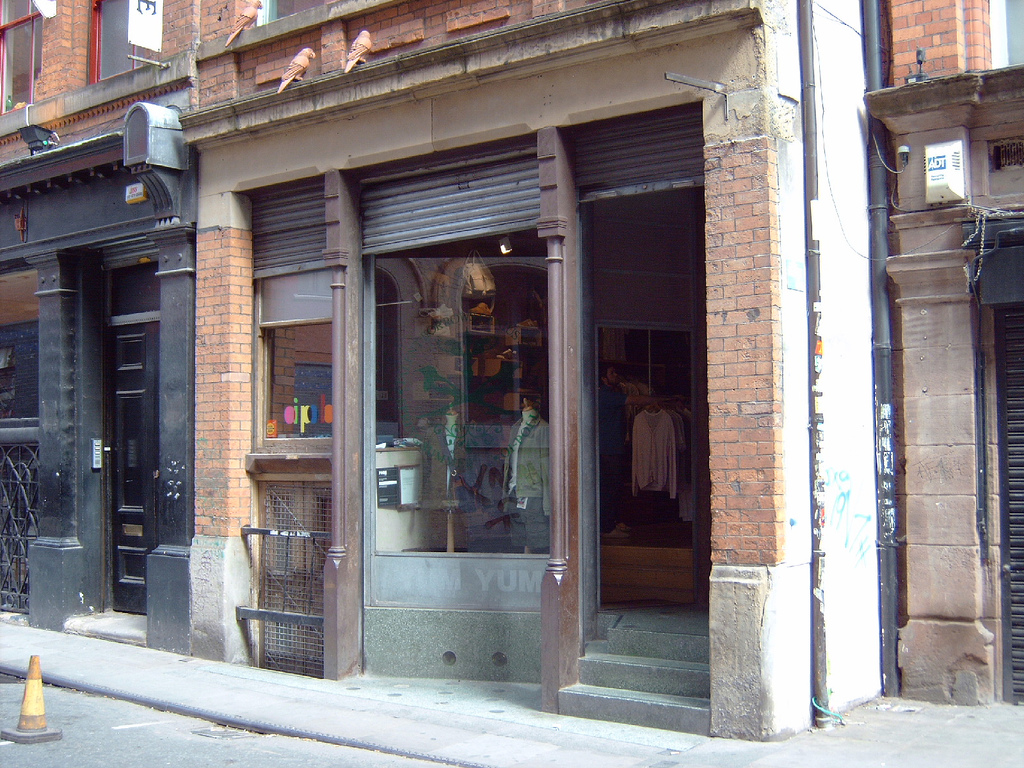
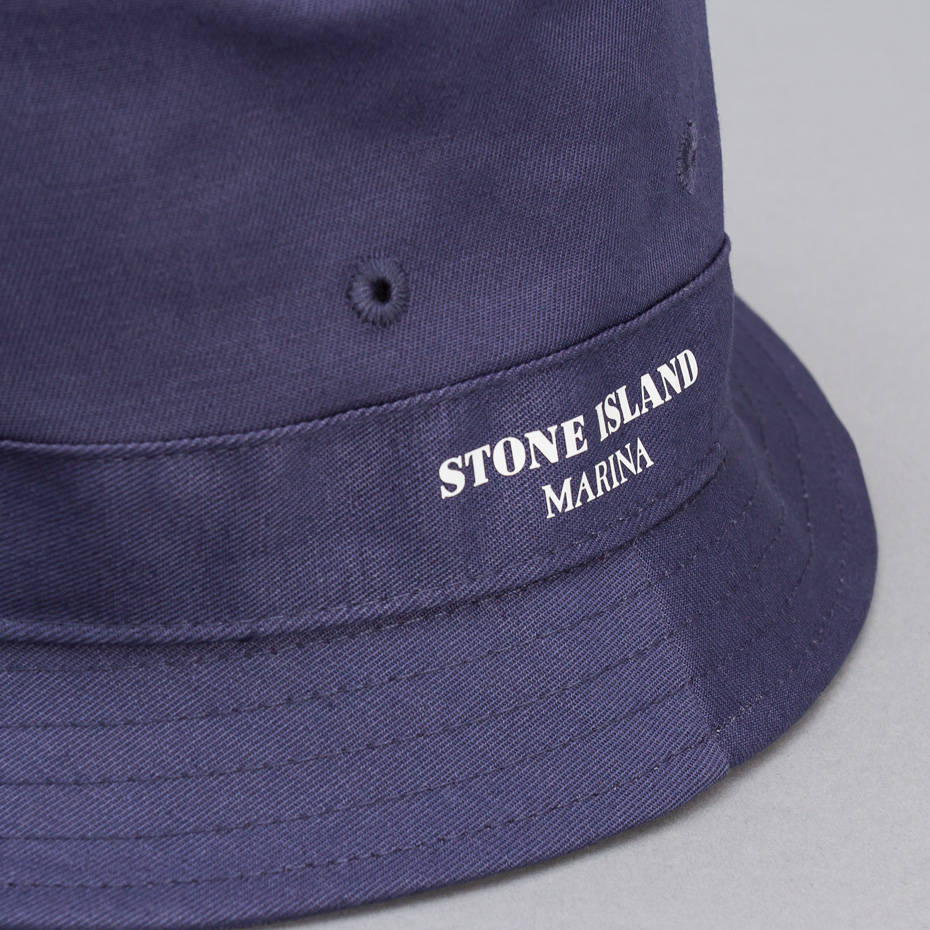
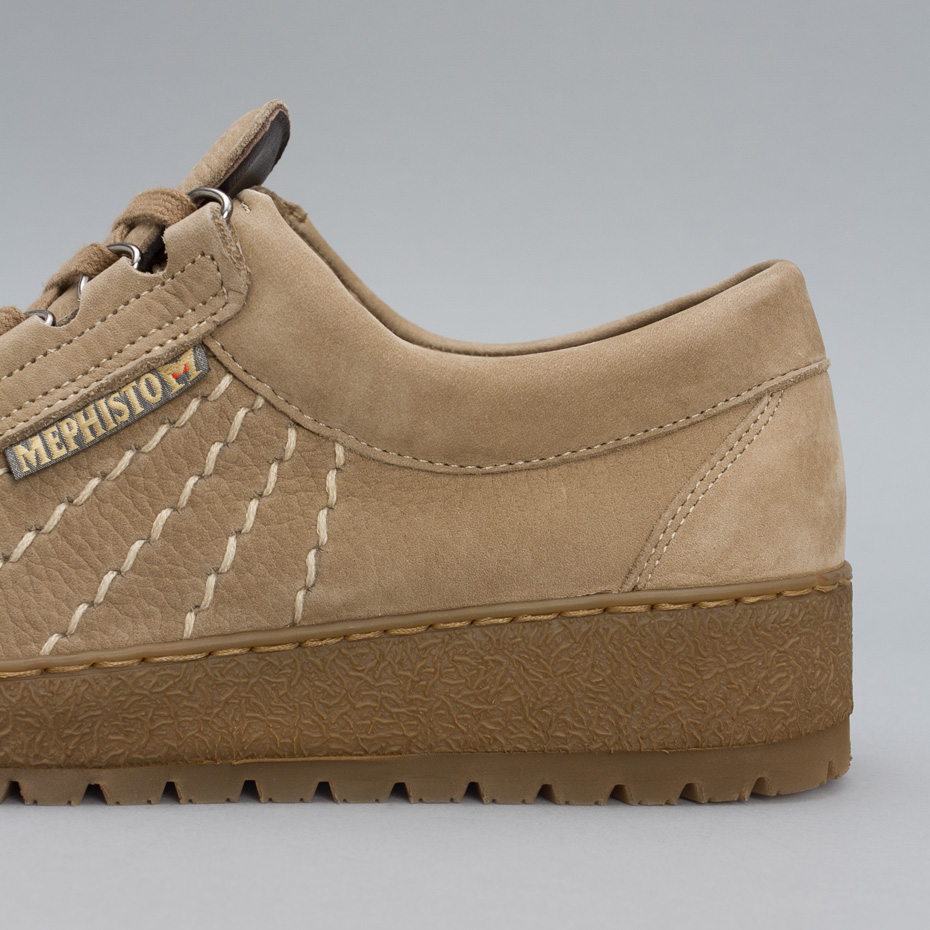
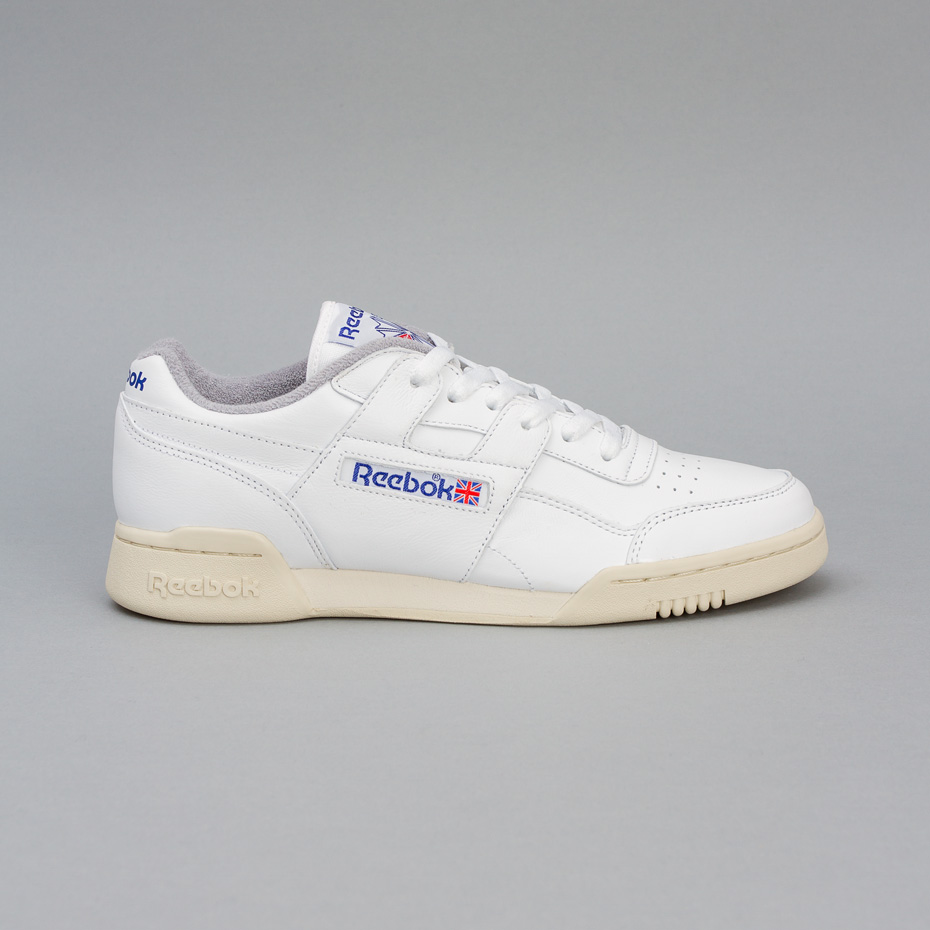
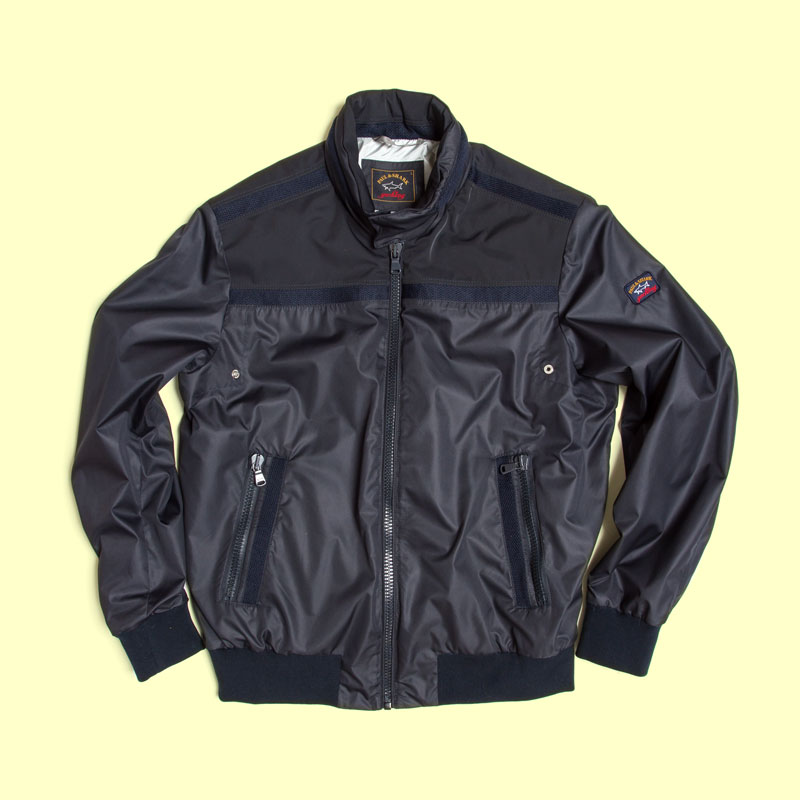
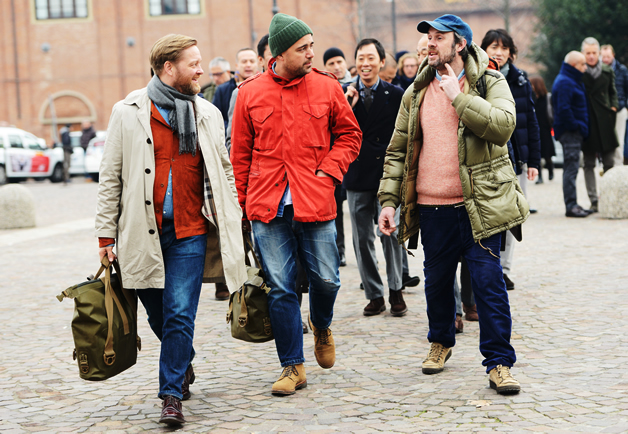
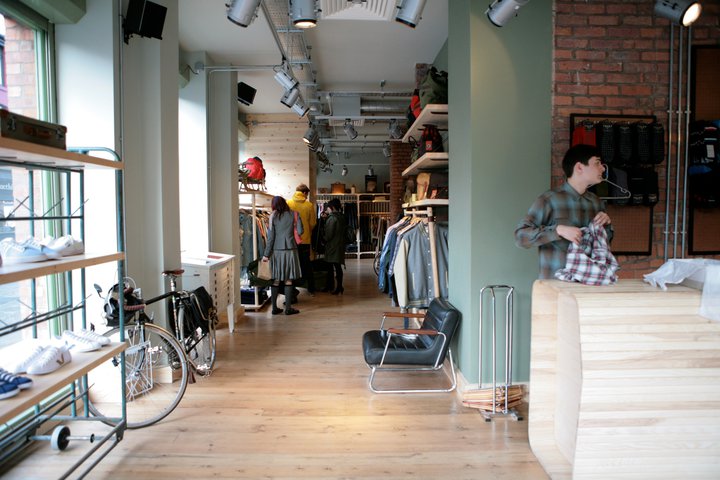
10 Comments
LFC la
Pingback: Favourite Fives – Richard Gill
Pingback: YACHTWEAR |
Oh, thanks mate…
The red one
which coat?
Fuck me how red is that coat?
Great read lads
A great read, a great shop and a greater influence. Cheers
A belting read, nice one chaps.